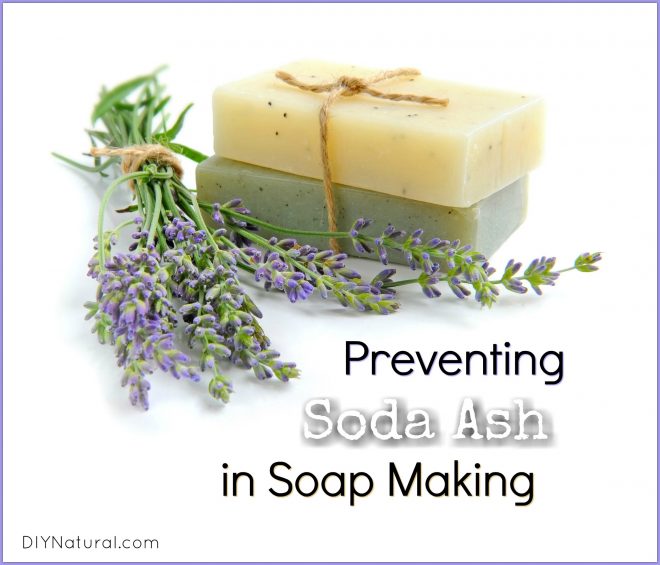
Have you ever made soap? If so, you know how frustrating it can be to check on soap that’s curing only to find a fine layer of white powder covering your bars. This powdery nuisance is called soda ash.
Soda ash in soap making is completely harmless, and won’t affect the performance of the soap. Because it’s unsightly on handmade soap we like to prevent it altogether.
Soda Ash in Soap Making
Soda ash is a by-product in soap making created when lye comes into contact with carbon dioxide. It is a reaction that occurs inconsistently, and sometimes can cover the entire bar in large crystals. The reason it happens is somewhat of a mystery, but any soap maker can tell you it’s a pain to deal with.
How To Prevent Soda Ash in Soap Making
There are some things you can do to prevent soda ash from forming. These are some tips that work well for me:
Add wax
Add a small amount of beeswax or soy wax to the melted oils before blending with the lye mixture. (About a teaspoon per pound of oils will work.) Don’t add it at trace – it will just clump up, resulting in lumps of solid wax in your finished soap.
Cover soap
Cover your soap with plastic wrap or waxed paper as soon as it has been poured into molds. This prevents air from getting to the top of the soap. Once the soap is hard enough to un-mold, usually after 24 hours, soda ash usually doesn’t form on the soap.
Allow complete cooling
Don’t remove soap from molds too early. Soda ash almost always forms when I take soap out of the mold when it’s soft or warm. Be sure to wait the full recommended time before un-molding.
Measure accurately
Measure the lye carefully. It’s thought that soda ash will form when there is an excess of lye. If your recipe calls for 6 ounces of lye, weigh out 6 ounces, not 6.1 ounces. Even a small amount can create excess lye.
Measure oils carefully as well. If you don’t have enough oils, you will have excess lye, which can encourage soda ash to form.
Alcohol
After soap is in molds and has begun to harden, spray the top surface with alcohol. Using 70-91% alcohol is best. (The smell will disappear quickly.) Just be sure the soap has set, or the alcohol could interfere with setting.
Reduce water
Try using a water reduction. If you normally use 12 ounces of water, try using 11 ounces next time. The amount of water doesn’t affect the final bar; its purpose is really only to dissolve the lye and help it distribute throughout the oils.
Increase temps
You could be soaping too cool. If you normally soap at 80°F, try 90-95°F. I normally soap at 95-105°F and almost never have problems now.
Dealing With Soda Ash That Already Formed
Remember that soda ash is harmless and will not affect the performance of the soap. If it does happen, here are some ways to fix it.
Wash it off
Using a clean damp towel (I have dedicated rags for soap making), rub off the soda ash. If your soap is still fresh, be sure to wear gloves just in case there is any free lye left that hasn’t incorporated into your soap yet. Allow bars to dry on a rack after cleaning.
If there are intricate designs on your soap, use an old damp toothbrush. Rub it into the grooves and towel it off after you’ve removed all of the soda ash.
Cut it off
You can use a knife or bevel tool to trim any soda ash off of your soap. I save the trimmings for making Homemade Laundry Detergent.
Buff it off
If your bars are all flat across the top, simply rub them against an old towel to get them nice and shiny. You may want to wear a mask for this process because the ash coming off can irritate sinuses. It won’t hurt you, but it can make your nose run.
Steam it off
Using a garment steamer, gently aim at your soap to break up soda ash and steam it away. Allow to dry very well in a ventilated area.
Work with it
And finally, if nothing else, live with it and incorporate it into your design! I made a batch of Beach Glass Soap that formed soda ash on the top of the wave designs. I decided it wasn’t a big deal and it looked like “sea spray”!
Have you found a way to deal with soda ash in soap making? Tell us what you did!
*******
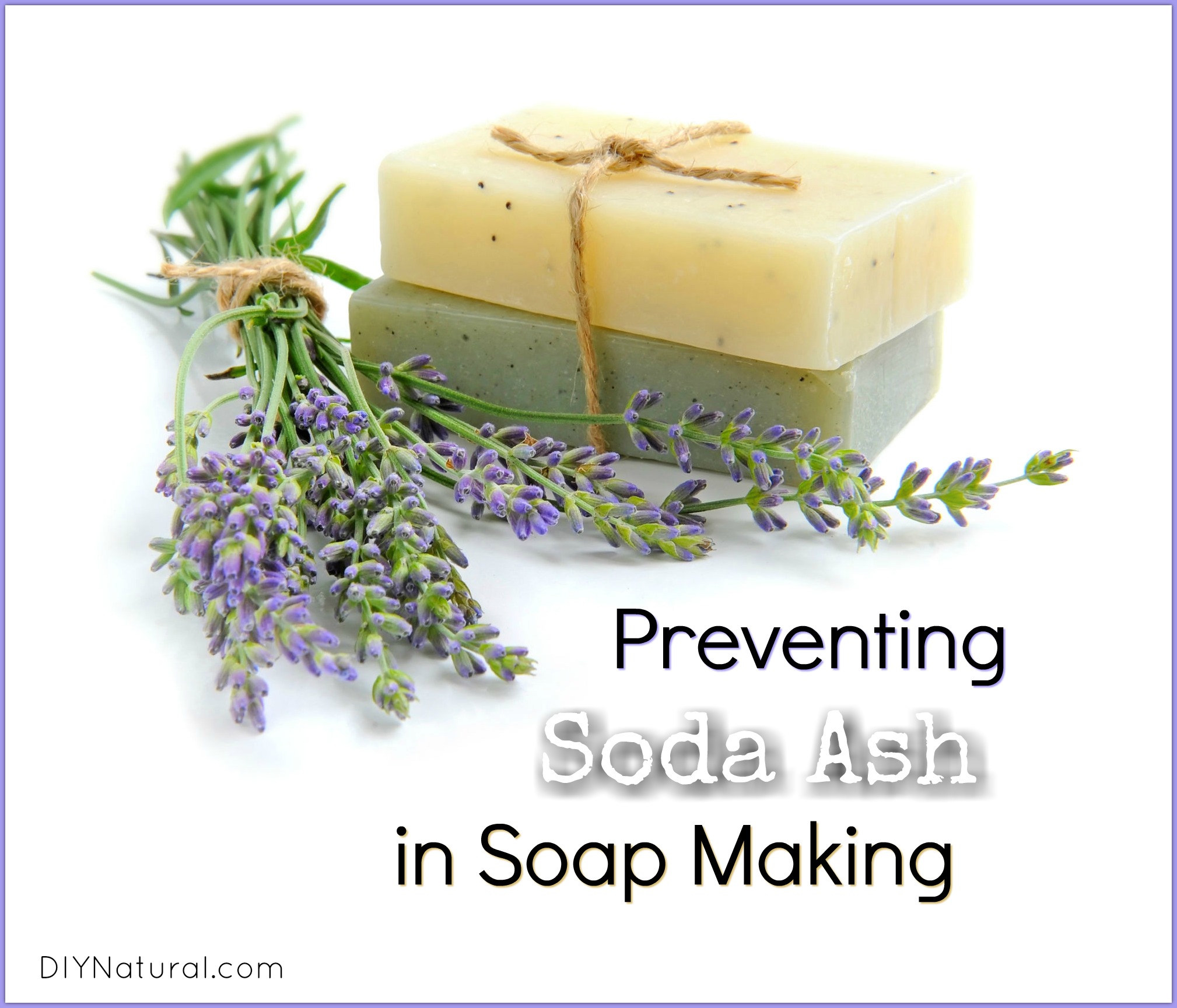
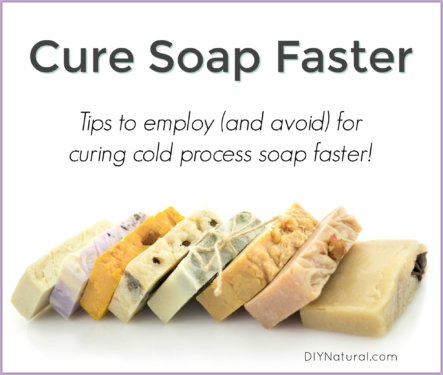
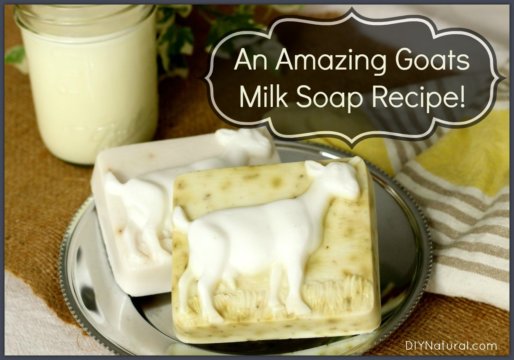
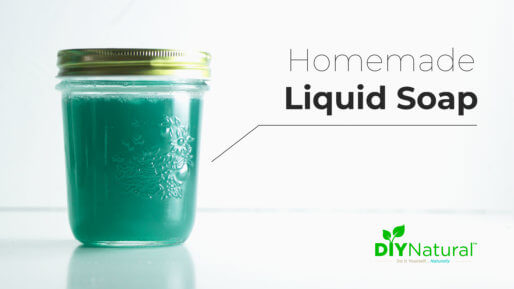
I live in GHANA and a new beginner of home made soap. And I want to take it as my second job.I have tried some but rather in small quantities. I need soap mould and soap making machine to produce in large quantities to sell. Where can I get it.